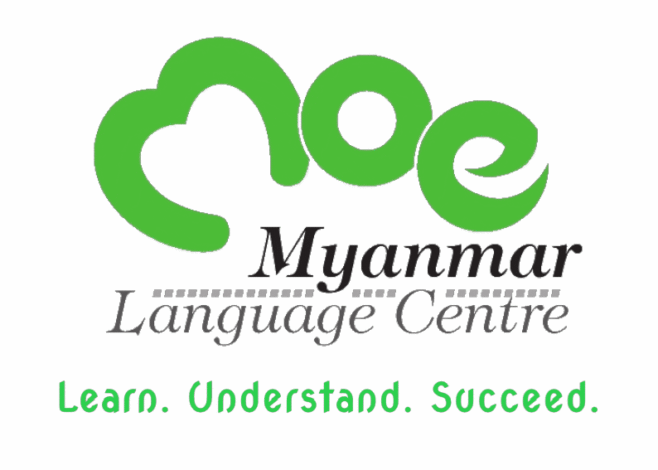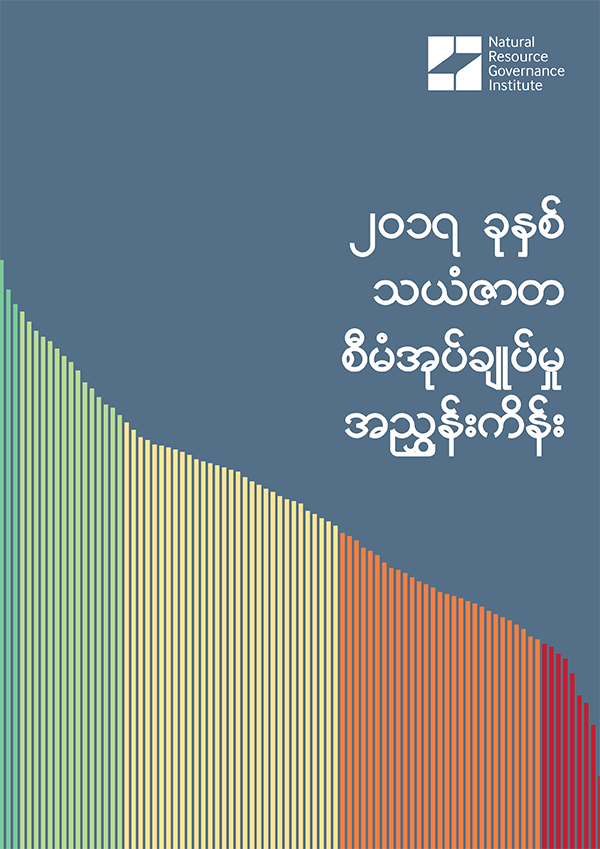


It is a member of the Lolo-Burmese grouping of the Sino-Tibetan language family. In 2007, it was spoken as a first language by 33 million, primarily the Bamar (Burman) people and related ethnic groups, and as a second language by 10 million, particularly ethnic minorities in Myanmar and neighboring countries.īurmese is a tonal, pitch -register, and syllable- timed language, largely monosyllabic and analytic, with a subject –object –verb word order. Although the Constitution of Myanmar officially recognizes the English name of the language as the Myanmar language, most English speakers continue to refer to the language as Burmese, after Burma, the older name for Myanmar. CSEA is published in April, August and December.The Burmese language is the Sino-Tibetan language spoken in Myanmar where it is an official language and the language of the Bamar people, country's principal ethnic group. The Editorial Committee is guided by the advice of the International Advisory Committee which is composed of eminent scholars from Asia, the United States, Australia and Europe. CSEA publishes authoritative, insightful and original contributions from scholars, think-tank analysts, journalists and policymakers from across the globe. While Myanmar is an ethnically and linguistically. The primary focus is on issues related to domestic politics in Southeast Asian countries, regional architecture and community building, military, strategic and security affairs, conflict zones and relations among the Great Powers. Burmese is the mother tongue of the Myanmar people and the official language of Myanmar (formerly Burma). The aim of the peer-reviewed journal is to provide up to date and in-depth analysis of critical trends and developments in Southeast Asia and the wider Asia-Pacific region. Now in its fourth decade of publication, CSEA has succeeded in building up an international reputation as one of Southeast Asia's premier academic journals. The article concludes that sustainable resolution to Myanmar's protracted state-society conflict is unlikely to be achieved until elites can negotiate agreement on ethnic language and teaching policies.Ĭontemporary Southeast Asia (CSEA) is one of ISEAS’ flagship publications. Ethnic nationality communities remain determined to conserve and reproduce their own languages and cultures, adopting positions in relation to language and education which reflect broader state-society relations in Myanmar, and in particular ethnic politicians' demands for a federal political settlement to decades of armed conflict. This article explores the consequences of these developments, and how reforms in Myanmar since 2011 - including the peace process, which remains incomplete and contested - have opened the space for educational reform, and the possible "convergence" of state and non-state education regimes. In some cases, the Mon for example, these broadly follow the government curriculum, while being locally owned and delivered in ethnic languages in others, such as the Karen, the local education system diverges significantly from the Myanmar government curriculum, making it difficult for students to transition between the two systems. Ministry of Education, Myanmar Ministry of Education, Myanmar. Ethnic opposition education regimes have developed mother tongue-based school systems. Myanmar Grade 1 TextbookMyanmar Grade 1 Textbook.

It discusses the state education system, which since the military coup of 1962 has promoted the idea of the country based on the language and culture of the Bamar (Burman) majority community, and the school systems developed by ethnic armed groups which oppose the military government. This article analyses the relationship between the politics of education and language, and armed conflict and ongoing peace process in Myanmar.


 0 kommentar(er)
0 kommentar(er)
